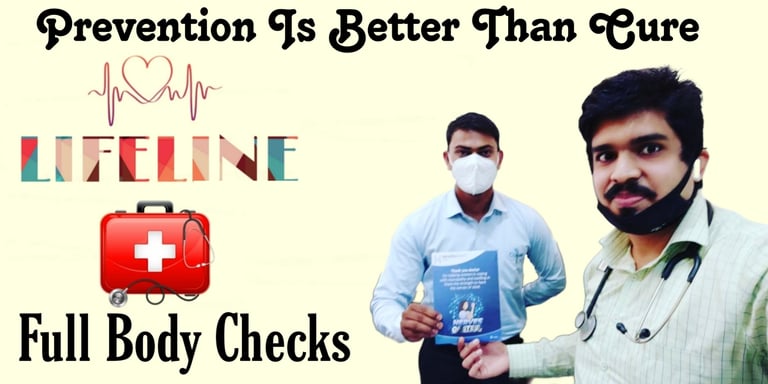Dr V. W. Verlekar
Managing Sjögren Related Neuropathy: New Clinical Guidelines
Dr V. W. Verlekar
NEUROLOGYIMMUNOLOGY
5/16/20242 min read


New Clinical Guidance for Sjögren-Related Neuropathy
New guidelines have been developed by a multidisciplinary team of physicians from across medicine to manage peripheral neuropathy related to Sjögren disease. Sjögren disease is the second most common autoimmune rheumatic disorder after rheumatoid arthritis. The condition typically affects the mucous membranes and moisture-secreting glands of the eyes and mouth, resulting in decreased tears and saliva. However, peripheral nervous system (PNS) manifestations often precede these symptoms and can occur in up to 60% of Sjögren disease cases.
Understanding Sjögren Disease and Neuropathy
Sjögren disease is a chronic autoimmune condition that primarily targets the body's moisture-producing glands, leading to symptoms such as dry eyes and mouth. In addition to these hallmark symptoms, Sjögren disease can also affect the peripheral nervous system, leading to neuropathic manifestations. These manifestations can vary widely among individuals and may include sensory, motor, and autonomic nerve involvement.
Peripheral neuropathy related to Sjögren disease can present significant challenges in diagnosis and management. The diverse range of symptoms and the potential for overlapping with other neuropathic conditions require a comprehensive approach to assessment and treatment. The new clinical guidance aims to provide a standardized framework for addressing these challenges and improving the care of individuals with Sjögren-related neuropathy.
Key Steps in Managing Sjögren-Related Peripheral Neuropathy
The guidelines address two key steps for each PNS manifestation:
1. Evaluation and Diagnosis: Comprehensive evaluation is essential for accurately diagnosing Sjögren-related peripheral neuropathy. The guidelines emphasize the importance of differentiating Sjögren-related neuropathy from other potential causes of peripheral nerve dysfunction, such as diabetes-related neuropathy or neuropathies associated with other autoimmune conditions. Accurate diagnosis is crucial for initiating appropriate treatment and preventing potential complications.
Initial assessment of potential ANS involvement includes asking patients about orthostatic postural lightheadedness and difficulties with digestion, urination, sweating, and sexual function.
2. Treatment and Management: Once a diagnosis is established, the guidelines provide recommendations for the management of Sjögren-related peripheral neuropathy. This may include a combination of pharmacological interventions, physical therapy, and multidisciplinary care. The goal of treatment is not only to alleviate symptoms but also to address the underlying autoimmune process contributing to neuropathic manifestations. The guidelines underscore the importance of individualized treatment plans tailored to the specific neuropathic manifestations and the overall health status of the individual with Sjögren disease.
Treatment of autoimmune diseases typically focuses on relieving symptoms and can include steroids, the anticonvulsant gabapentin, the monoclonal antibody rituximab, and intravenous immunoglobulin.
By addressing these key steps, the new clinical guidance aims to enhance the quality of care for individuals with Sjögren-related peripheral neuropathy and improve their overall outcomes.









